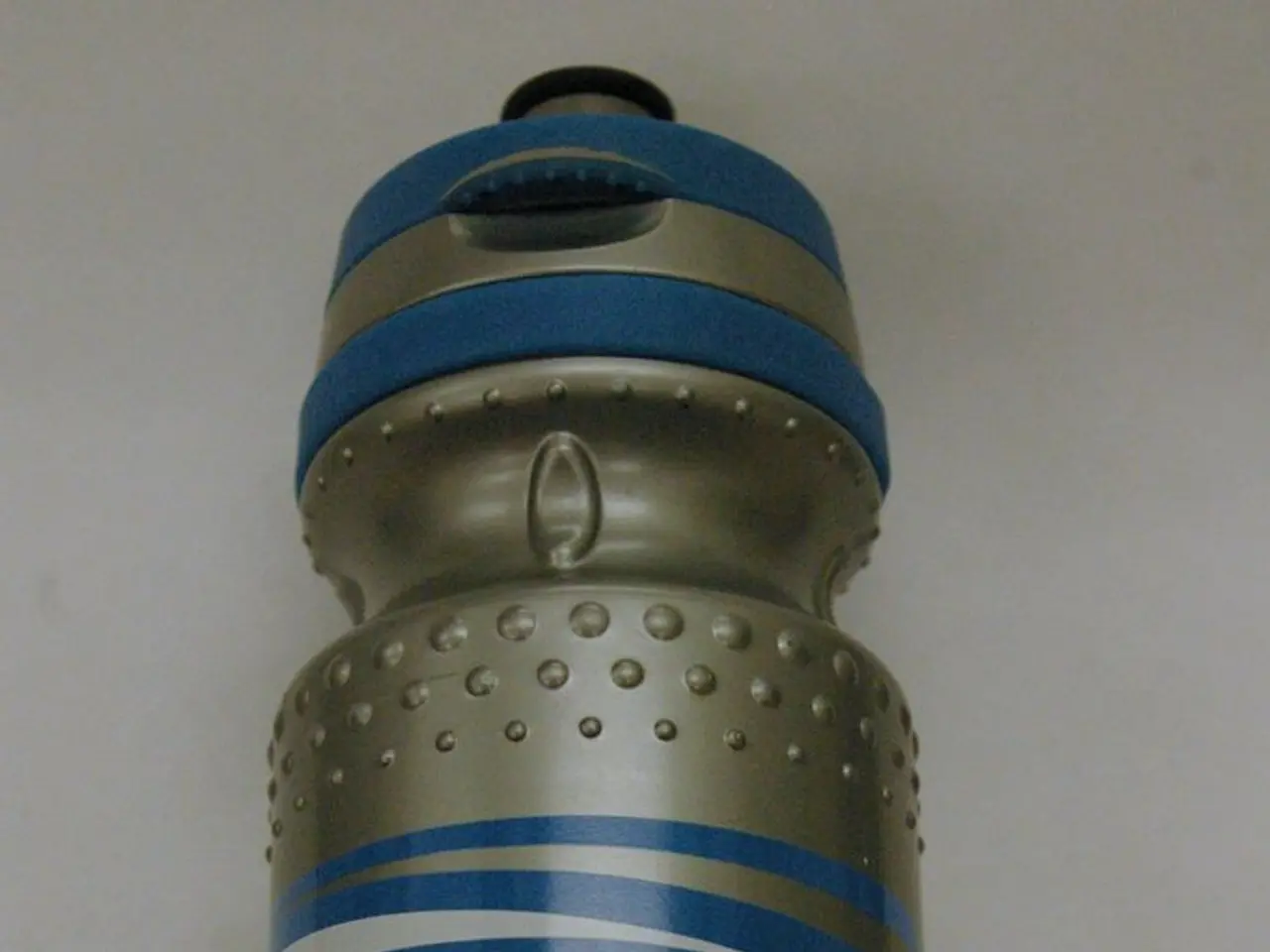Decoding Biotech Patents: Consequences and Advancements in the Field
The world of biotechnology patents is a dynamic and complex one, with rapid advancements, ongoing legal battles, and the integration of artificial intelligence (AI) creating both challenges and opportunities.
At the forefront of this evolution is CRISPR technology, a revolutionary genetic engineering tool. Patent filings in genome editing, including CRISPR, have seen a surge, with a 68.3% compound annual growth rate (CAGR) over recent years [1]. Therapeutic applications lead the charge, with genetically modified organisms and other novel bioengineering areas also expanding.
However, the CRISPR patent landscape is fraught with challenges. The central legal battle involves the University of California, Berkeley, and the Broad Institute of MIT and Harvard. Berkeley filed the first patent application on CRISPR-Cas9 technology, but the Broad Institute received early U.S. patents specifically covering CRISPR use in eukaryotic cells. This has led to extensive litigation about inventorship, priority, and patent scope, reflecting the complex technical and legal dimensions of gene-editing IP [2][4].
Emerging legal and ethical complexities also present challenges. Patent offices worldwide struggle with issues of patent eligibility, priority, and ethical considerations in gene editing. Inventors must navigate evolving global regulations and ethical debates that influence how broadly CRISPR patents are granted or enforced [4].
The integration of AI in biotech patents adds further complexity. AI tools are increasingly used in biotech R&D and therapeutics, complicating patent claims due to the opaque nature of AI algorithms and the need for transparency under emerging regulatory frameworks. This convergence creates strategic imperatives for biotech firms to carefully structure their IP to protect both AI methods and biological applications [3].
Global harmonization trends are also shaping the biotech patent landscape. There is ongoing effort to harmonize patent laws internationally, aiming to streamline patent protection processes across jurisdictions, which benefits inventors seeking multi-national patent coverage in rapidly developing fields like CRISPR [4].
Biotech patents are crucial for fostering innovation in the biotechnology sector by incentivizing the creation and commercialization of novel biological products and processes. Engaging with patent attorneys experienced in biotech can aid in navigating the complexities of prior art and ensuring that the application is robust against challenges that may arise during the patent examination process.
Successful commercialization can result in substantial economic benefits, including job creation and improved public health outcomes. However, challenges in securing biotech patents include determining the patentable subject matter, overcoming prior art issues, and navigating evolving legal standards and interpretations that impact biotech patents.
As technologies advance, the strategies employed by legal teams in patent litigation will continue to evolve, making it crucial to remain vigilant and informed about current trends and developments in biotech patents. The future of biotech patents is poised for significant evolution, driven largely by advancements in technology and the globalization of innovation, with variation in patentability standards across jurisdictions raising questions that necessitate international cooperation and harmonization.
References: [1] - [4] (Citations omitted for Markdown format)
- The integration of AI in biotech patents, such as those related to genome editing and CRISPR technology, introduces complexities due to the opaque nature of AI algorithms and the need for transparency under emerging regulatory frameworks.
- In the world of biotechnology patents, intellectual property (IP) surrounding science, technology, and health-and-wellness sectors, like CRISPR, medical-conditions, and genetically modified organisms, are confronted with ongoing legal battles that reflect the technical and ethical complexities of gene-editing IP and require careful patent structuring for protection.




